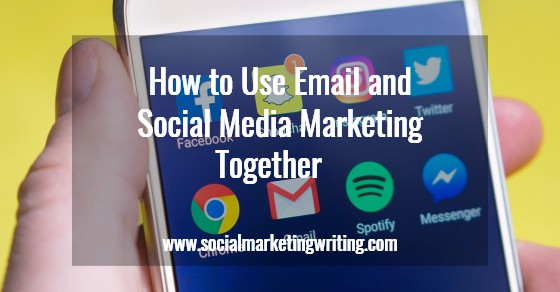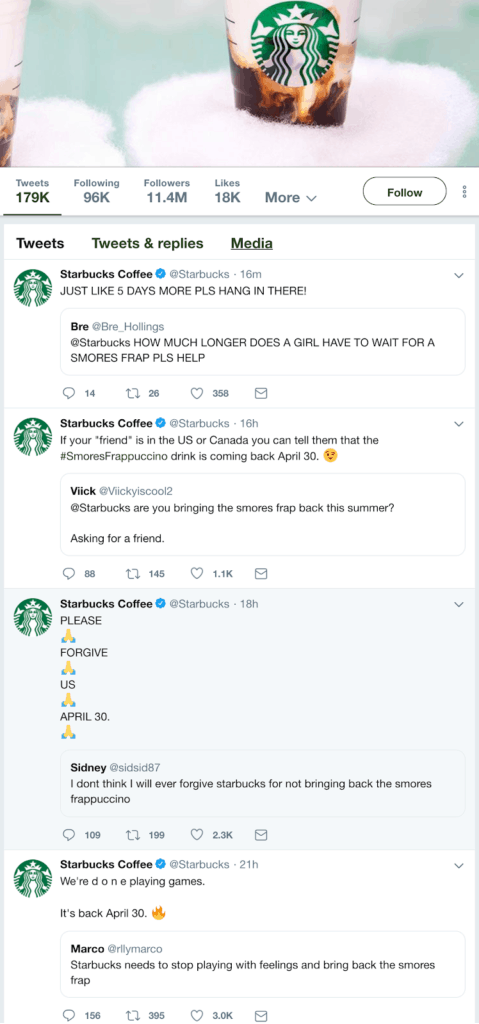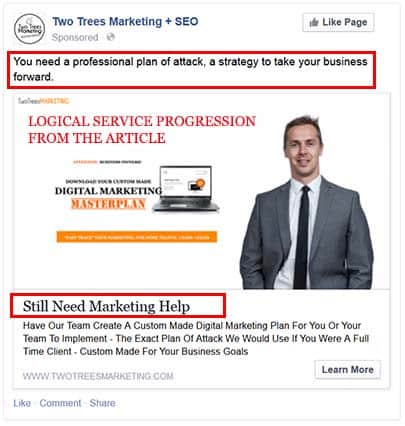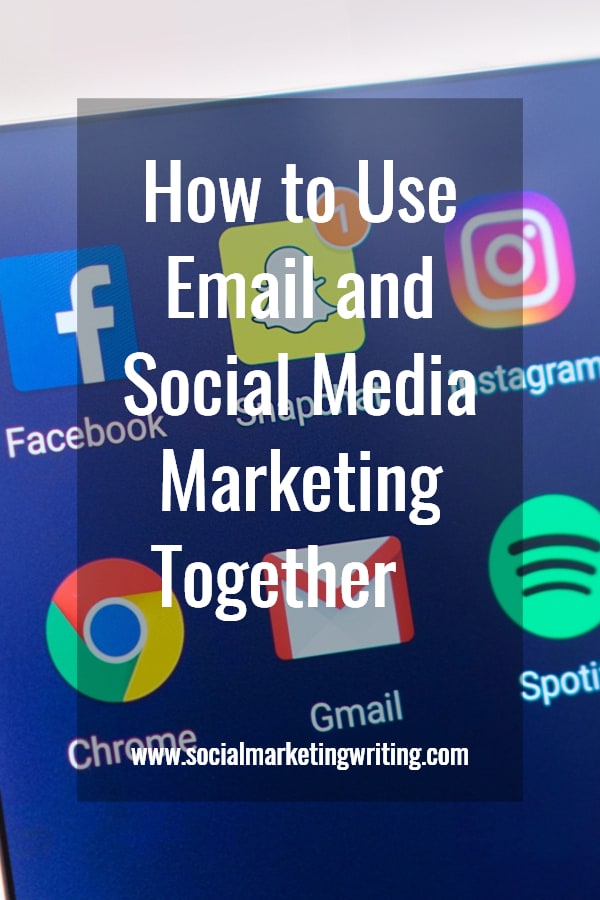
Like many marketers, you probably often find yourself evaluating and re-evaluating where your budget can be best allocated.
And if you’re like most marketers, you’ve probably long since realized that email marketing continues to offer the best ROI across any channel. On average, it produces $44 for every $1 spent.
Still, that doesn’t mean other options don’t warrant consideration.
The most obvious of those options? Social media marketing. Many companies in just about every industry have succeeded at using social media marketing to reach, attract, and engage new leads.
Social media has also proven especially powerful at positioning companies as industry authorities, a promising advantage that makes conversions much easier.
So, where will your budget be best spent?
6 ways to combine email and social media marketing
Fortunately, you don’t have to choose between social media and email. Many companies are seeing the best results from integrating these two channels.
By combining the two, they’re not just getting the best of both worlds. They’re actually enjoying benefits that neither channel could provide on its own.
We recently put together an infographic about social media and email marketing working together. Here’s a useful guide that shows we learned about combining them in the process.
1. Two platforms are better than one for reaching the most leads
This first point may seem self-explanatory. Obviously, every channel you utilize will give you access to more leads. Still, each channel represents a certain number of leads and prospects.
By 2019, 5.6 billion active email accounts are expected.
That’s a lot.
However, social media currently represents another 2.56 billion users (68% of adults, alone, are on Facebook).
While there’s no doubt plenty of overlap, it’s still worth considering how much exposure you could gain by leveraging both of these channels.
For instance, consider how Starbucks approaches a multi-channel approach. Here’s an example of how the company uses email to improve subscriber experiences:

Recipients of this email can easily go into a store and use this code to get a 50% discount during happy hour.
Alternatively, Starbucks uses social media to promote upcoming events to millions of followers. Notice how the tweets below revolve around one promotion specifically: the return of the s’mores frappuccino.

2. Emails get checked–a lot
One advantage of email is its compelling nature: People want to check it. Unlike social media, our inboxes often have a business component to them. Social media is generally fun to check, but if you don’t check your email, you could miss out.
On average, employees check their emails 74 times a day.
While this is a very good reason to leverage email marketing, it’s also a good reason to use it specifically for bolstering your social media following. All you need to do is share your social media platforms in your email signature to begin seeing your audience grow.
This is among the most popular email marketing trends these days as it can not only grow your following, but also make your email look more credible, especially if you have a big social media following. You can also use a tool like Signature Generator to add a personal touch to your signature.
Many companies do this, and some even use a special hashtag. For instance, Wayfair encourages subscribers to share their purchases with the hashtag #WayfairAtHome:

You can also create content around a social media interaction. Maybe one of your followers asked a great question, or perhaps you noticed a conversation that warrants discussion.
This is a subtle way of showing your users how much they have to gain by following you on social media.
For even better results, use a unique hashtag for social campaigns. This hypes up your campaign and provides an easy way for subscribers to take part in it.
Finally, you can also offer some kind of incentive to gain followers. For example, many companies use Facebook competitions to gain followers and promote them through their email lists. But it doesn’t have to be Facebook: You could just as easily do this with other social media platforms, too.
3. Use social media to gain permission from new subscribers
Obtaining permission from recipients is essential before you begin emailing them. It’s paramount for protecting your all-important sender reputation, but it’s also the law under the GDPR. In short, there’s no advantage to inflating your email list if it means adding people who didn’t explicitly give you permission to send them messages.
One way to do this is through a form on your website. However, you’ll vastly increase your chances of obtaining new addresses–and the corresponding permissions–by advertising your company’s newsletter through social media.
At this stage, you can use an SPF checker to ensure the authenticity and security of your email outreach efforts.
In the same way you can advertise your social accounts through email, you can encourage followers to subscribe to your newsletter on social. Let your followers know what your subscribers have to look forward to in the next newsletter, then provide a link to sign up. Finally it is worth mentioning that once you have your email list it is crucial to clean your list using an email verification tool to ensure the accuracy of your email list and prevent bounce backs. This will help maintain a high-quality sender reputation.
4. Leverage the power of retargeting to gain more subscribers
That’s only one way you can use social media to funnel more subscribers to your newsletter.
Another extremely effective method is using retargeting ads. These are ads that are shown to people who have already visited your website. While they’re similar to traditional PPC ads, they’re only displayed to people who have been to your site and, thus, must have some interest in what your company offers.
One of the places you can decide to show these ads is on social media platforms. So, if a visitor comes to your site but doesn’t convert or sign up for your newsletter, they’ll see ads for your list while browsing social.
Again, you already know they’re interested in what you have to offer. These retargeting ads just give them another opportunity to take you up on it.
Notice how this retargeting ad calls attention to the fact that the user has already visited the site:

This tactic helped this entrepreneur earn more engagement and revenue, just by targeting people who were already interested.
5. Millennials actually prefer emails
While the popular perception is, “Millennials can’t stay off social media,” the truth is, they actually prefer interacting with brands through email. It’s not by some small margin, either. 73% of Millennials prefer to contact brands via email. While social media remains a great option for calling attention to your company, email is still the king of content engagement.
What’s more, that same report supports one of our earlier points: that email gets checked a lot. And as it turns out, it isn’t just employees checking email, either.
75% of the respondents from that study who were between the ages of 14 and 24 said the reason they have an email address is that “it’s a part of everyday life.” Almost 50% reported that checking their email was the first thing they did every morning, even before they get out of bed.
Even Baby Boomers keep a similar schedule. They generally wait until after having a cup of coffee, but email isn’t far behind.
6. Sync your social media and email marketing calendars together
For best results, this last step is essential.
Neither of these channels should be working as simple complements to the other. Some companies map out an entire email marketing campaign and then only later realize it makes sense to tweet reminders about their newsletter. Similarly, other companies include follow links in their email signatures and that’s about it.
Instead, focus on one goal and then figure out how both channels can support it. Often, this will mean cross-promotions between the two. For example, a typical goal would be more sales, which means more conversions. That may require more people to sign up for your newsletter, so you can work them into your funnel.
Therefore, you’d want to come up with a lot of great content that would make your newsletter worth it and, at the same time, create the posts you’ll use to promote each new issue.
Some of these newsletters should also lead subscribers to your social media channels for any recipients who have signed up yet. This will grow your following, which will increase your social proof, which will, in turn, grow your following. It’s a powerful snowball effect.
Email and social work best together
As we just touched on, it’s all-too-easy to use these two channels by themselves.
But that limits the potential of both.
Instead, you’re much better off using them together. Just implement the advice above and you’ll soon see more followers, subscribers, and most importantly, conversions.
Lastly, for those of you who have already combined these channels, how have your results been? Do you have any other tips that have proven effective? Let us know in the comments below.

About Ash Salleh
Ash Salleh is the Director of SEO at Campaign Monitor, where he works closely with content, copy, and analytics teams to improve site-wide optimization. Prior to his time at Campaign Monitor, he also provided SEO and digital marketing expertise at Zappos and Axiata Digital. You can find him on Gravatar.
